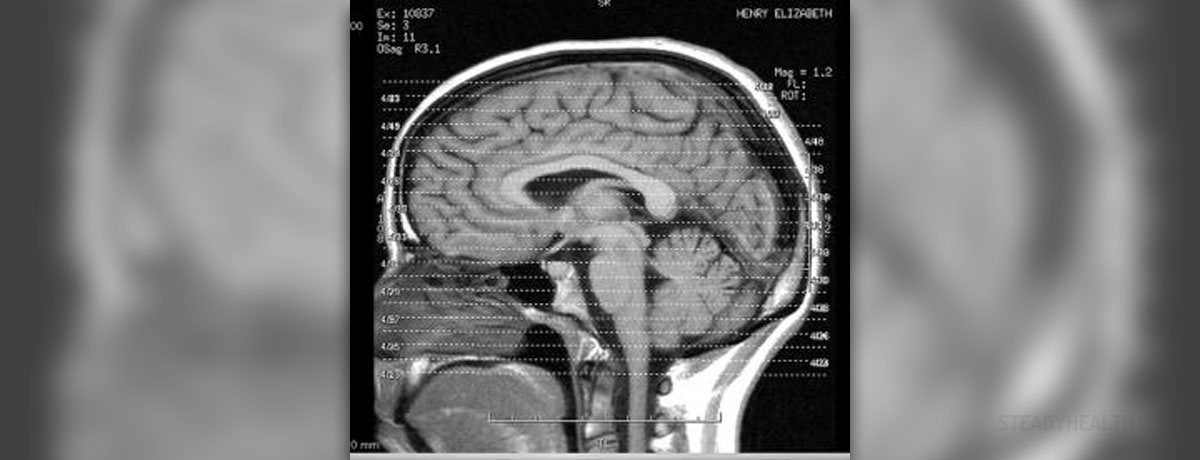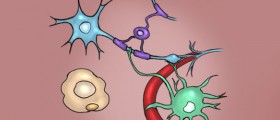
Ventricular System of the Brain
The ventricular system of the brain is a set of structures in charge with cerebrospinal fluid. The very system is connected with the central canal of the spinal cord. The ventricular system of the brain consists of right and left lateral ventricles, the third ventricle and the fourth ventricle. All of these ventricles are connected and cerebrospinal fluid normally flows from one ventricle into another. The right and the left brain ventricles are located in the cerebrum, beneath the corpus callosum. These ventricles are actually larger comparing to other brain ventricles. Their shape resembles the letter C. The third ventricle is in the diencephalon, to be more precise between the thalami. And finally, the fourth ventricle is generally found between the cerebellum and the pons.
All four brain ventricles originate from the central canal of the neural tube. They develop during the first trimester of pregnancy. Both of the lateral ventricles are connected to the third ventricle via the intraventricular foramen. The third ventricle and the fourth ventricle communicate via the cerebral aqueduct. There is one more important structure lying adjacent to the third and fourth ventricle called the mesencephalic aqueduct.
What is Function of the Brain Ventricles?
The brain ventricles contain cerebrospinal fluid and are in charge with its production, transfer as well as elimination in case of excess of cerebrospinal fluid. Cerebrospinal fluid is produced by the choroid plexus. It can be found in any of the brains ventricles. The choroid plexus is made of modified ependymal cells. These cells synthesize cerebrospinal fluid.
Once cerebrospinal fluid has passed all the brain ventricles it is transferred to the central canal of the spinal cord or the cisterns of the subarachnoid space. Finally, cerebrospinal fluid is absorbed by the superior sagittal sinus and transferred to the blood stream.
The brain ventricles provide proper protection of the brain by cushioning. Cerebrospinal fluid is a mighty protector against any kind of impact or trauma to the head. The ventricular system regulates the amount of cerebrospinal fluid and eliminates any excess. This way the ventricular system maintains the optimal level of intracranial pressure and prevents its increase. Furthermore, cerebrospinal fluid is essential since it eliminates harmful metabolites and drugs from the brain. It also transports certain hormones to specific parts of the brain.
Any damage to the ventricular system or its blockage of any kind significantly interferes in normal flow of cerebrospinal fluid and may eventually lead to hydrocephalus. The consequence of hydrocephalus can be devastating and the condition requires prompt medical attention.











_f_280x120.jpg)





Your thoughts on this
Loading...